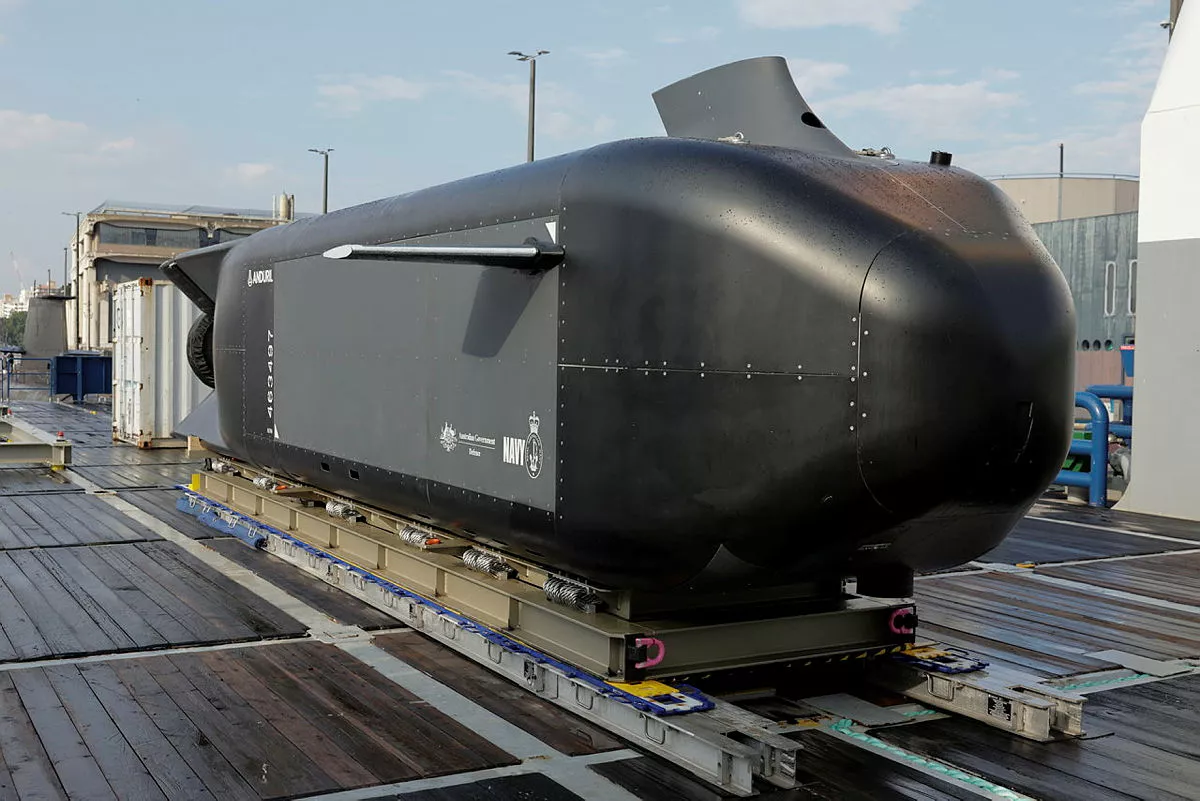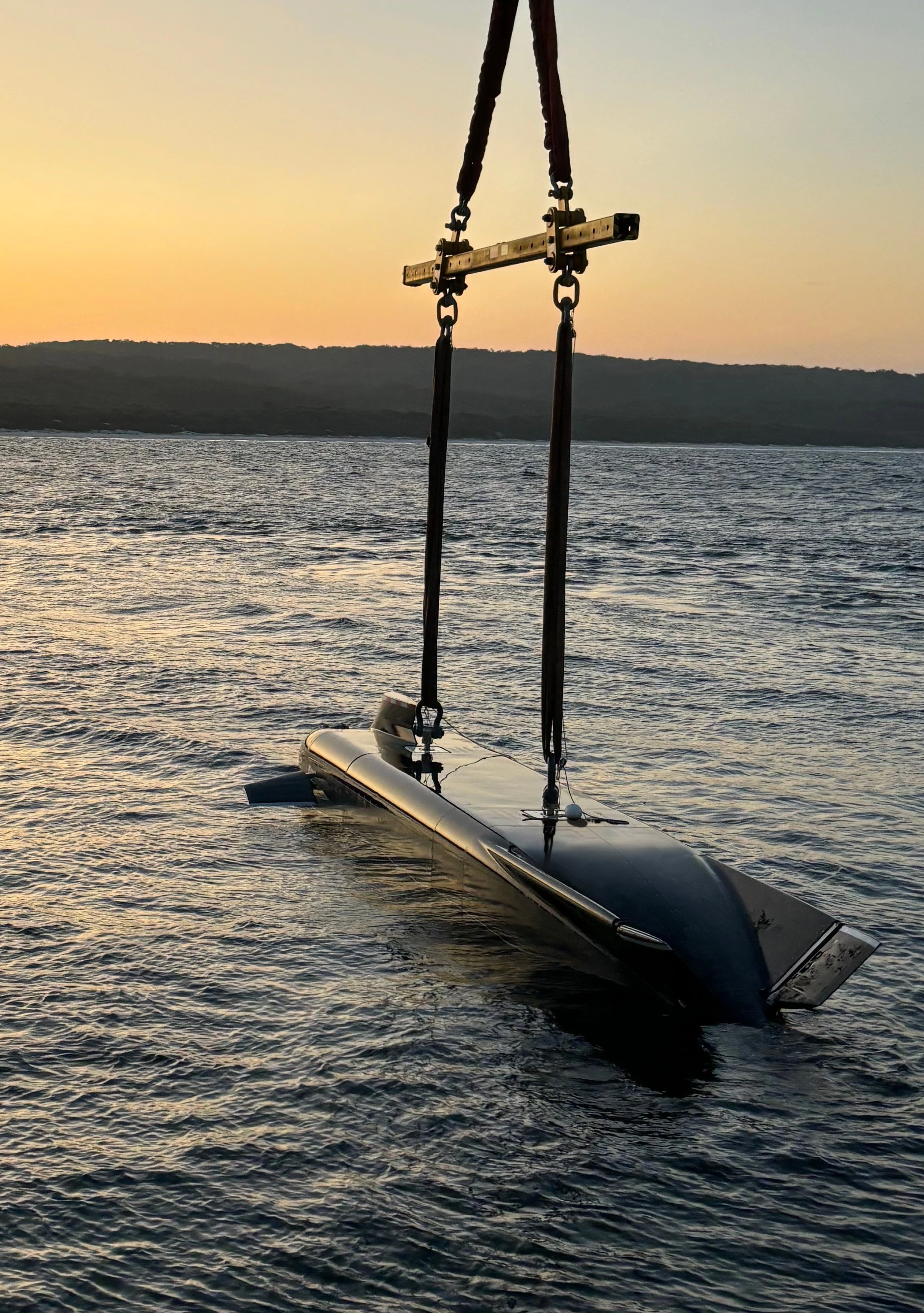Australia's robotic submarine program is a year ahead of schedule as the government takes delivery of the first Ghost Shark Extra-Large Autonomous Undersea Vehicle (XL-AUV) prototype, with three more to follow next year.
The Australian defense sector has had a reputation for being something of a backwater, but the increasing importance of the Indo-Pacific region, saber rattling by China, and North Korea taking missile pot shots over Japan has changed that. Today, the Australian defense budget is undergoing a massive increase, there's a greater emphasis on domestic defense production, and the Royal Australian Navy is working with the US, Britain, and (perhaps) Japan to acquire long-range nuclear attack submarines capable of operating north of the continent.
Part of this new strategy involves developing autonomous platforms that can act as force multipliers. Instead of just sending out submarine patrols, Canberra wants to include autonomous drones that can operate for long durations without a crew to increase the capabilities of the patrols.
Developed by the Defence Department and Anduril Australia along with industry partners, Ghost Shark is described as "Mission Zero" for the government's Advanced Strategic Capabilities Accelerator (ASCA). The craft is part of the government's project to build or acquire subsea warfare capabilities and new autonomous and uncrewed underwater vehicles, which was supposed to take three years to create the first prototype but is ahead of schedule.

Though not many details have been given about the specifications of the craft, it's smaller than a conventional submarine because it doesn't require the pressure-proof hull for a crew or the complex sound-deadening equipment needed to muffle the noise of the submariners' moving about and their life support equipment. Instead, the machinery and electronics are set in watertight modules.
When deployed, Ghost Shark will allow the Royal Australian Navy to carry out stealthy, long-range autonomous undersea warfare with persistent intelligence, surveillance, reconnaissance and strike capabilities. The craft will be able to work with Navy and allied vessels as part of the AUKUS treaty.
"This collaboration combines Navy’s expertise, ASCA’s speed to delivery, Defence’s scientific smarts and Anduril Australia’s experience in agile innovation," said Chief of Navy, Vice Admiral Mark Hammond. "We are a nation girt by sea, and the Ghost Shark is one of the tools we are developing for the Navy to patrol and protect our oceans and our connection to the world."
Source: Australian Government






